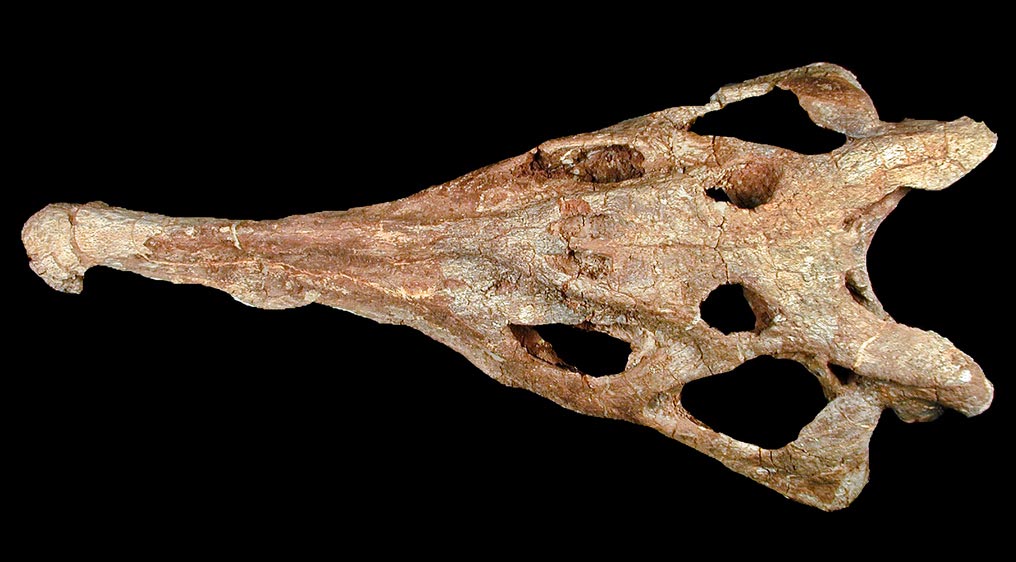
The time-honored debate between catastrophists and gradualists (those who believe major Earth changes were due to sudden violent events or happened over long periods of time) has everything to do with the coarse grain of the geological record. When paleontologists only have a series of thousand-year flood deposits to study, it’s almost impossible to say what was really going on at shorter timescales. So many of the great debates of natural history hinge on the resolution at which data can be collected, and boil down to something like, “Was it a meteorite impact that caused this extinction, or the inexorable climate changes caused by continental drift?”
One such gap in our understanding is in the Late Triassic — a geological shadow during which major regime changes in terrestrial fauna took place, setting the stage for The Age of Dinosaurs. But the curtains were closed during that scene change…until, perhaps, now:
By determining the age of the rock core, researchers were able to piece together a continuous, unbroken stretch of Earth’s history from 225 million to 209 million years ago. The timeline offers insight into what has been a geologic dark age and will help scientists investigate abrupt environmental changes from the peak of the Late Triassic and how they affected the plants and animals of the time.
Cool new detective work on geological “tree rings” from the Petrified Forest National Park (where I was lucky enough to do some revolutionary paleontological reconstruction work under Dr. Bill Parker back in 2005).